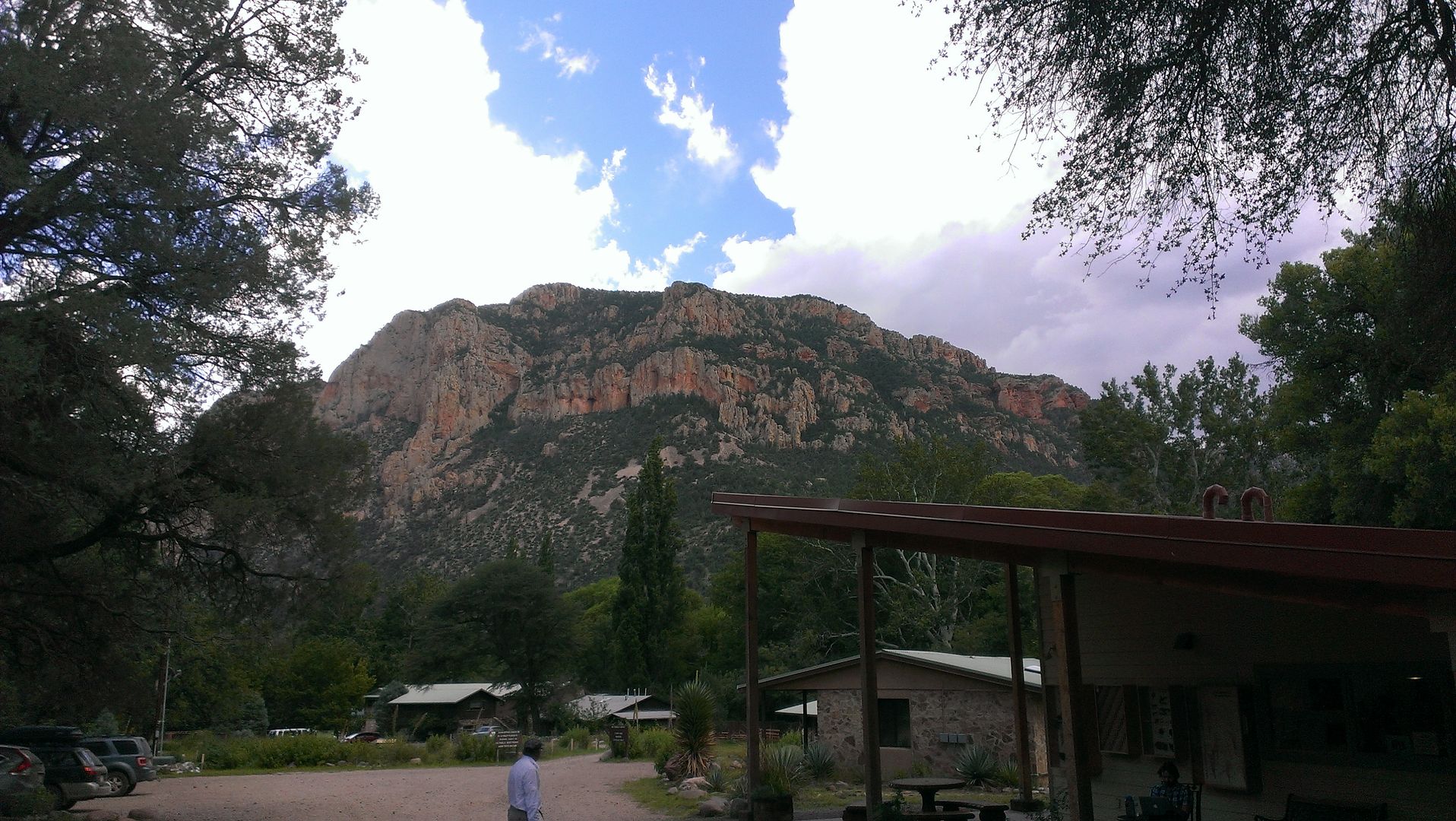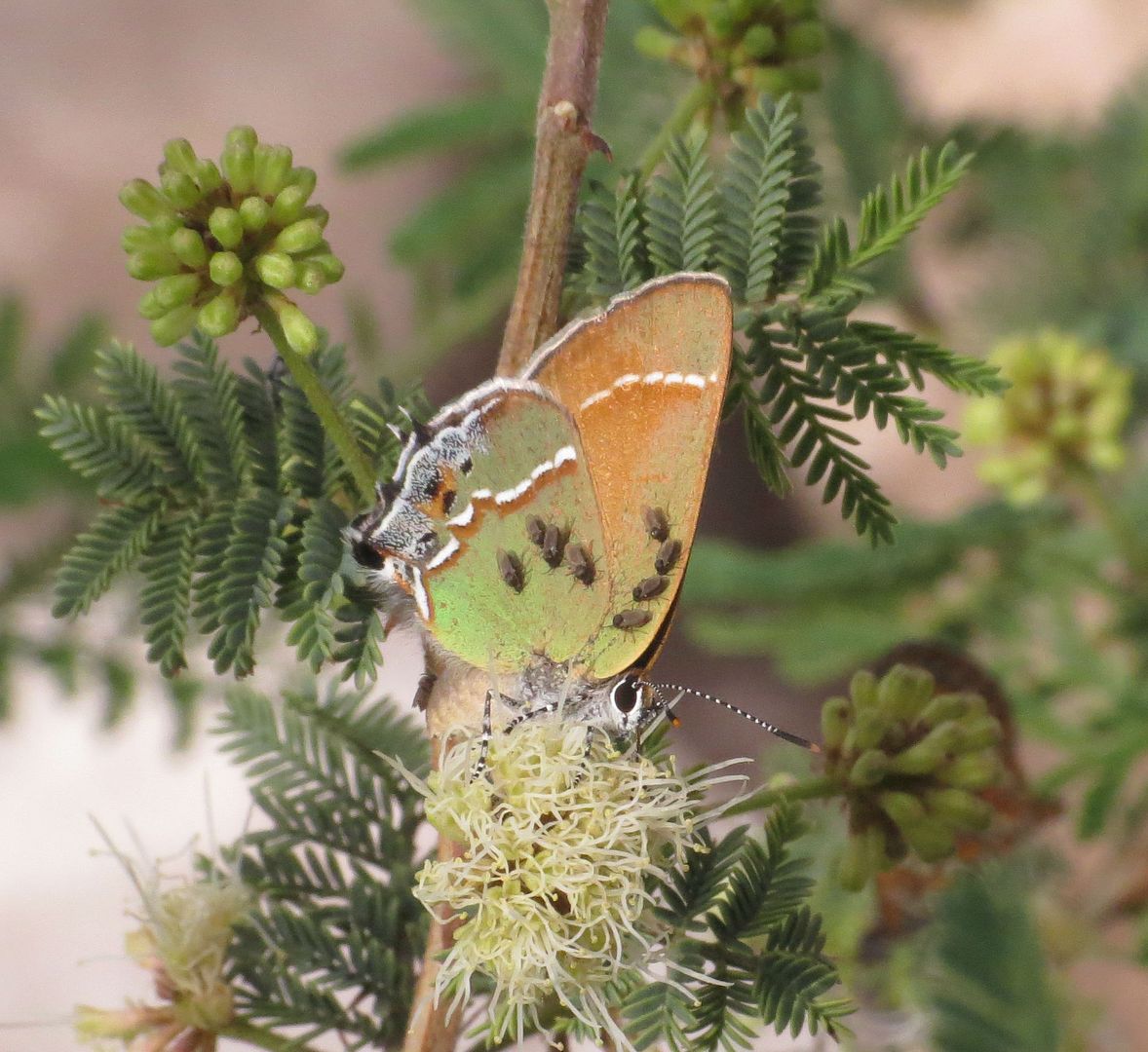I attended this course in 2013 and had a blast. It's all the fun parts of the anting hobby in the most biologically diverse part of the US! Pheidole rhea (Big-headed ants with super majors), Trachymyrmex (leaf cutter ants), Neivamyrmex (army ants), Crematogaster smithi, Acropyga, Odontomachus (Trap-jaw ants), Myrmecocystus (Honey-pot ants), and Cerapachys to name a few of the awesome ants I got to see that year.
The Southwestern Research Station does "Science Tourism" very well. I wish more places existed like it in the world. First off you're in the middle of nowhere but also you're not roughing it that bad. The only two issues I really had with the place are as follows. One, it's a little hard to find. This wouldn't usually be an issue but it's in a place where the "roads" are just graded dirt and rain can wash boulders onto the path pretty easily and it's never comfortable fording a small river in a rental car (and not recommended!). Also a wrong turn can put you a half hour in the wrong direction, even though your GPS says it's a five minute drive... the "roads" around the place are that bad. Drive there during the day time! And Two, you need to bring your own supply of drinking water. They sell it at a shop in the station but it's only open 4 days of the week. There's another shop at a road stop down the road from the station but it's not always well stocked with so many folks using it as a resource.
Beyond that, you'll likely be staying in a very reasonably sized dorm. You have access to full showers. The meals are great and a salad and dessert is almost always available if you don't like what they're serving. The place has an in ground pool on site. The view from your room and looking around in general is often fantastic to behold. Because they're part way up in the mountain the average temp is only in the high 70's (at least from when I was there.) For being in the middle of nowhere you could do a lot worse!
When I went two years ago I was shocked at how few students there were. I think in total there were 11 of us, 3 of whom were instructors. I gathered that there would have been more instructors had there been more students. But as it was, there were only 8 and 3 of those were hobbyists. Take a moment to compare that to Ant Course which has a four year waiting list to get in and focuses more on the lab work side if studying and identifying ants. Ants of the Southwest is all the fun parts of the hobby; field work, specimen gathering, pinning ants, collecting data, I don't understand why Ants of the Southwest is the less popular of the two. If anything I found it a lot easier to get accepted into as a hobbyist.
$1300 for tuition
Coming from NJ it cost me about $500 for a plane ticket (return trip included.)
$150 for course supplies (not all of which are needed.)
and maybe $200 to rent a car. (your price will vary)
In total that's about $2,150 which sounds like a lot. But it's really easy to budget that. Get a credit card that has 0% APR for the first year or so. Even if it's one of the ones that charges you 25% interest you don't get charged that until the term is up. So every week you can just put $100 or so towards paying it off and you're good. At that rate it will take you 5 to 6 months and you can then apply for a better card that has a better interest rate.
Another great reason to go is you never know what you'll find. At the time that I took this photograph I thought it was just a butterfly with black spots on the wings. As it turns out they're actually midges, which are small parasitic flies that feed on the blood or haemolymph of animals or insects. They're considered one of the "no-sees" of the insect world. Meaning they're absurdly abundant but really you don't ever notice them unless they're already attached to something else. There are thousands of different species, many of which look identical, but mostly specialize on one or two groups of hosts. In this particular case, I believe I'm the first person to ever photograph them feeding on a butterflies wings, and not just one or two but at least 8 all at once following the vanes in the wings!
So there are plenty of reasons to go to this course, and I say if the grad students aren't going to fill those places, then let the hobbyists fill it up!



